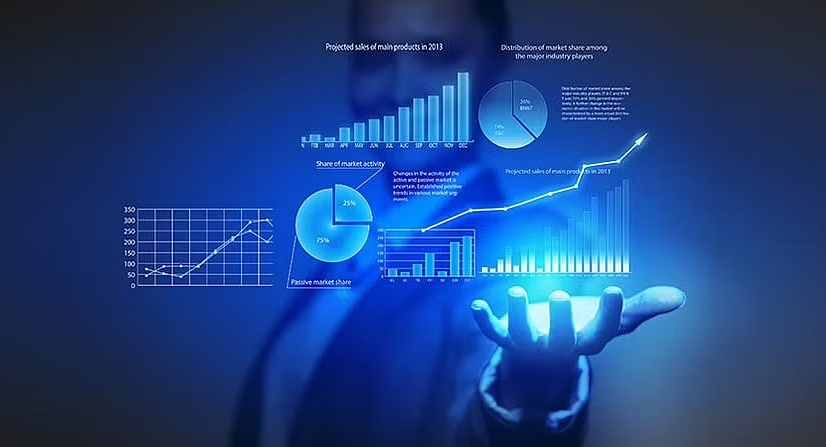Exponential Smoothing: How This Method Is Making the Task Easier
October 26, 2022

There are two methods of forecasting: qualitative and quantitative. Qualitative data can’t be measured and is often derived from expert experience and opinion. Quantitative forecasts include measured data, like business statistics or sales data.
Multiple approaches fall under quantitative and qualitative methods. An exact forecasting tool includes all methods into account when creating forecasts.
Exponential smoothing is one method of quantitative forecasting. This technique uses recorded data on demand to create forecasts. It differs from the moving averages method with many advantages.
In exponential smoothing, there’s a value known as a smoothing constant. This number lies between 0 and 1. This is done because, with time, value changes and forecasts reflect those edits. After mathematically choosing a smoothing constant, it’s used as the exponent in the forecast. The result of exponential smoothing is somewhat dependent on the judgment and experiences of the demand planner.
Benefits of Exponential Smoothing:
It’s easy to comprehend and use exponential smoothing. The only things required in this technique are the smoothing constant, the forecast for the latest time, and the actual data for that time. A demand planner learns to use the exponential smoothingmethod accurately and enforces it into future forecasts through trial and error.
While this method often considers a long time in forecasts, it’s wise to weigh current data more heavily as those accounts for existing consumer demand.
Exponential smoothing builds accurate forecasts. Forecasts produced with this method are reliable and accurate and predict the next period. The forecast shows projected demand and exact demand. This allows demand strategizing to be done effectively, resulting in proper inventory levels.
Visit Coefficient for better assistance!











